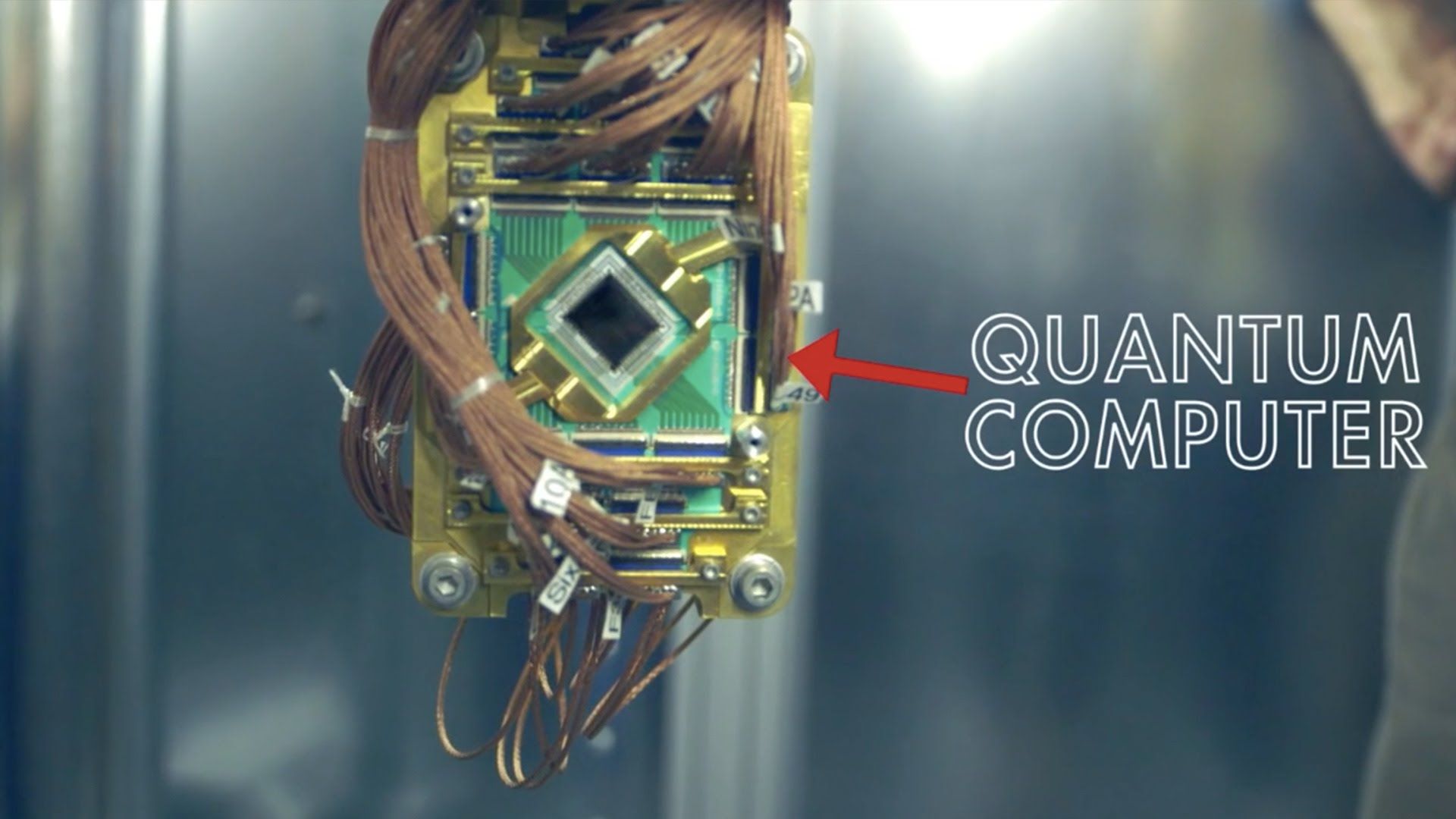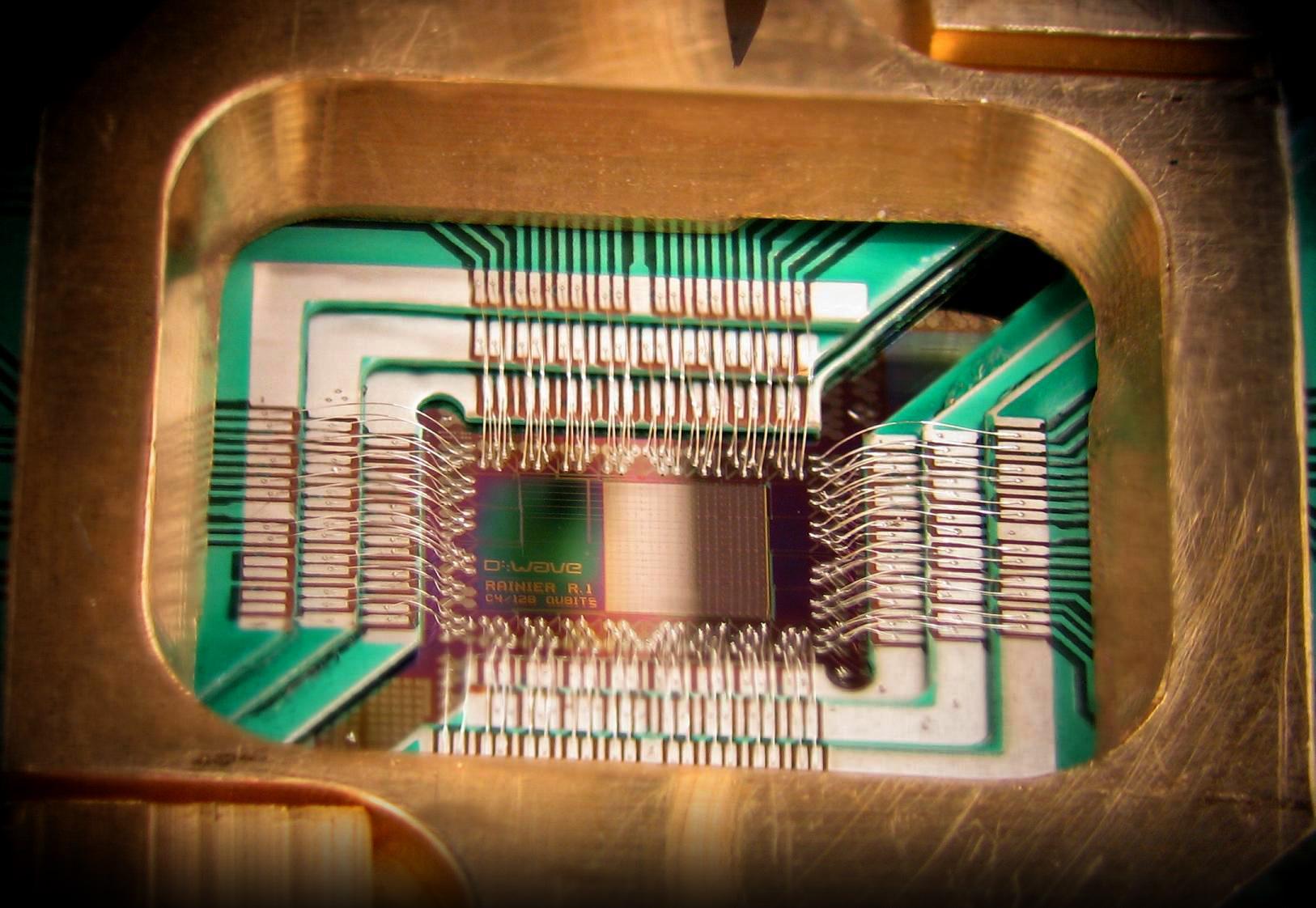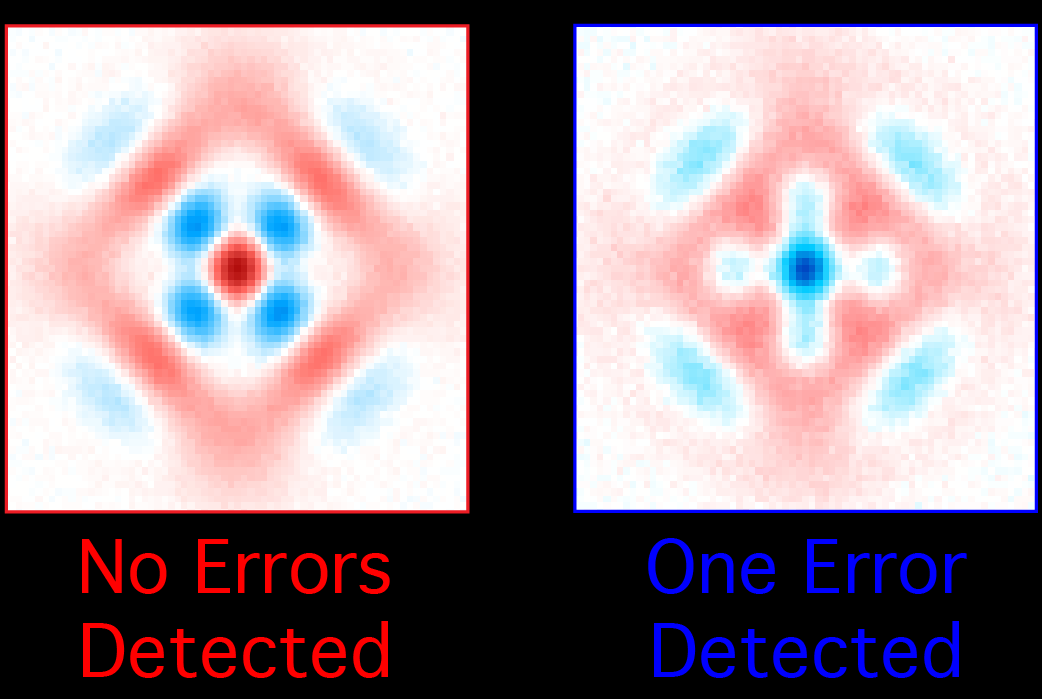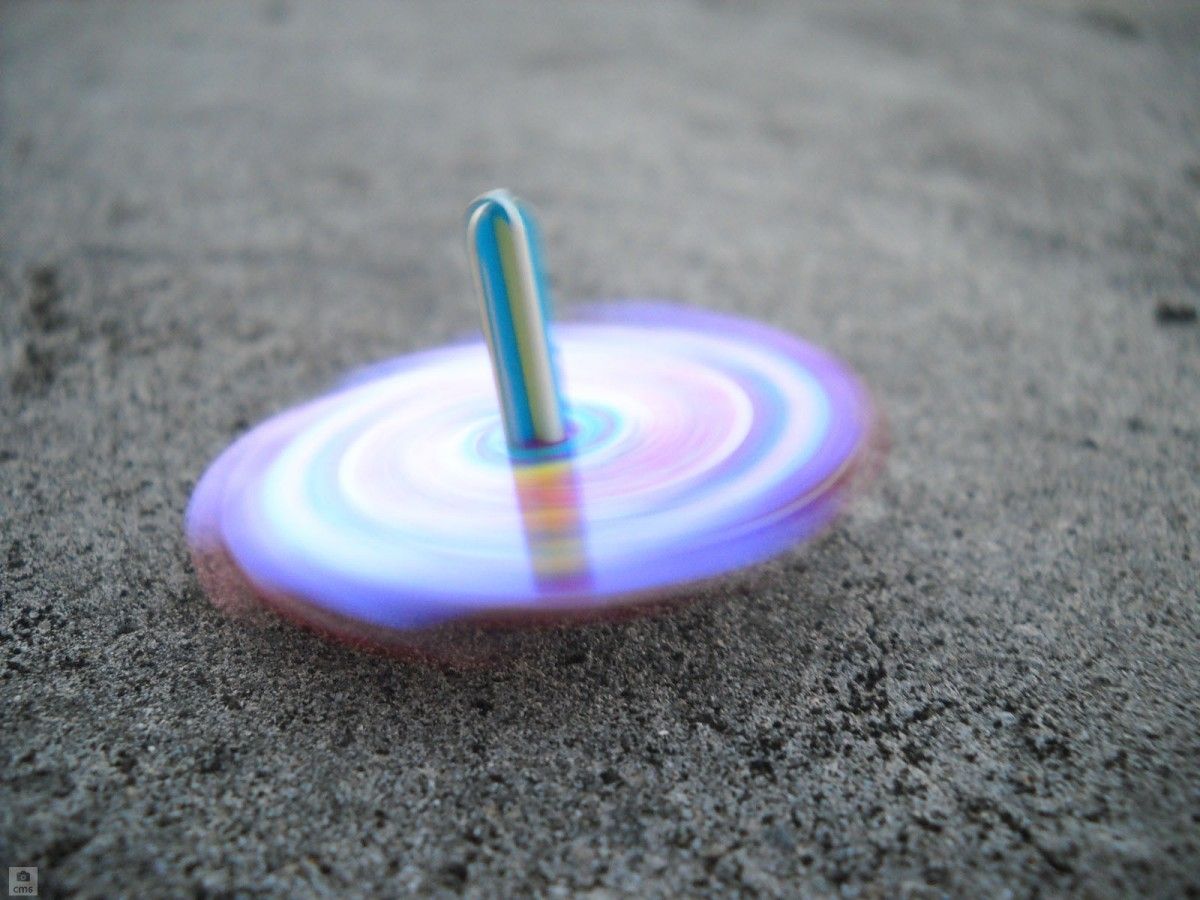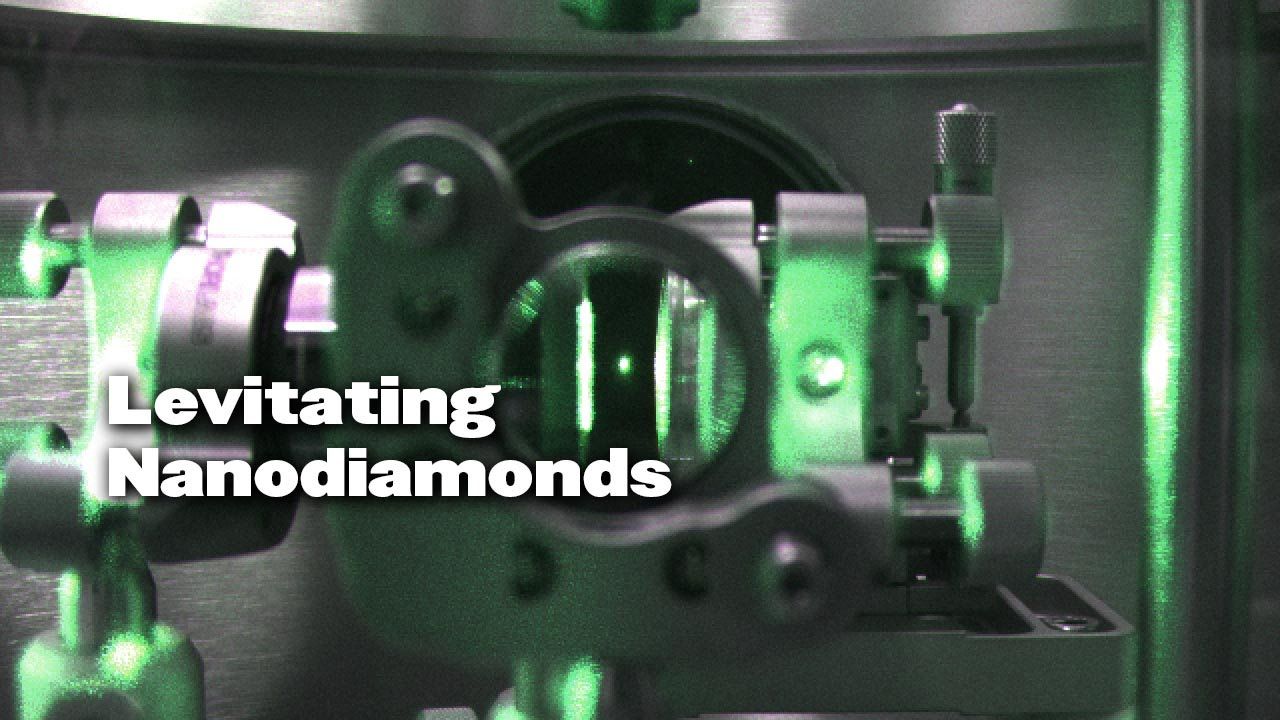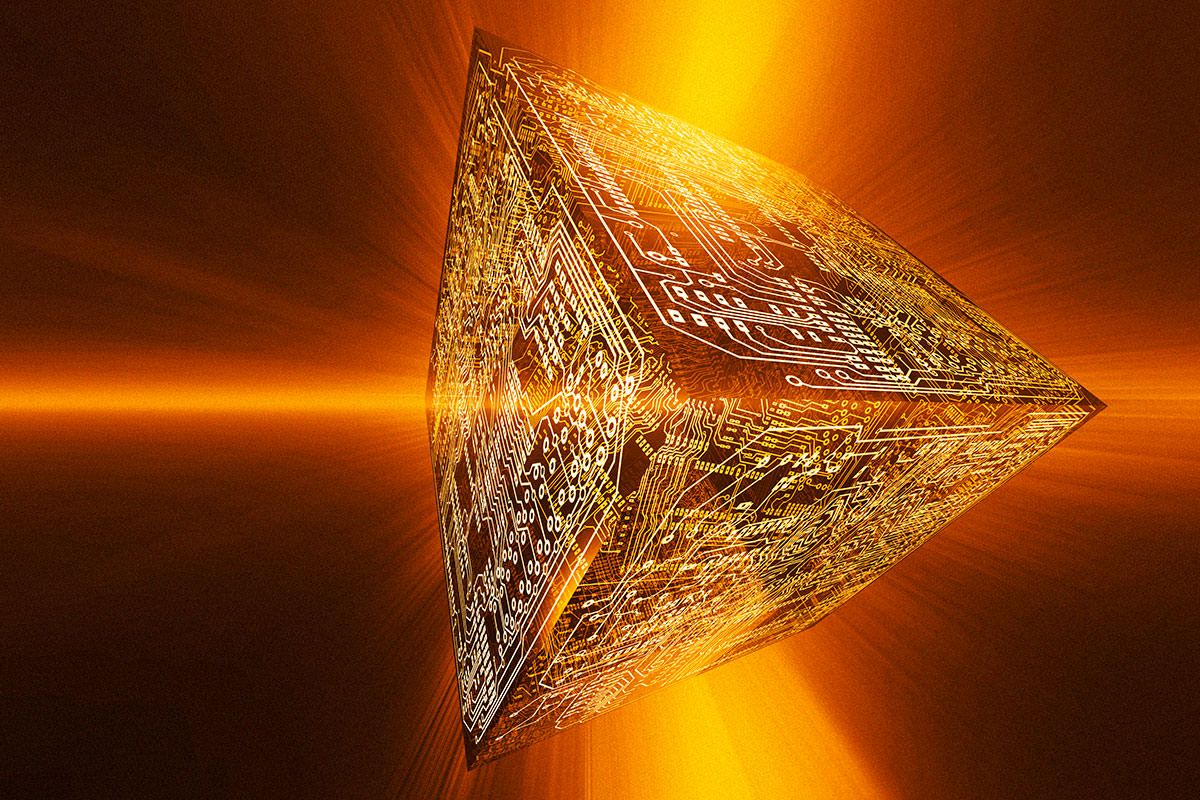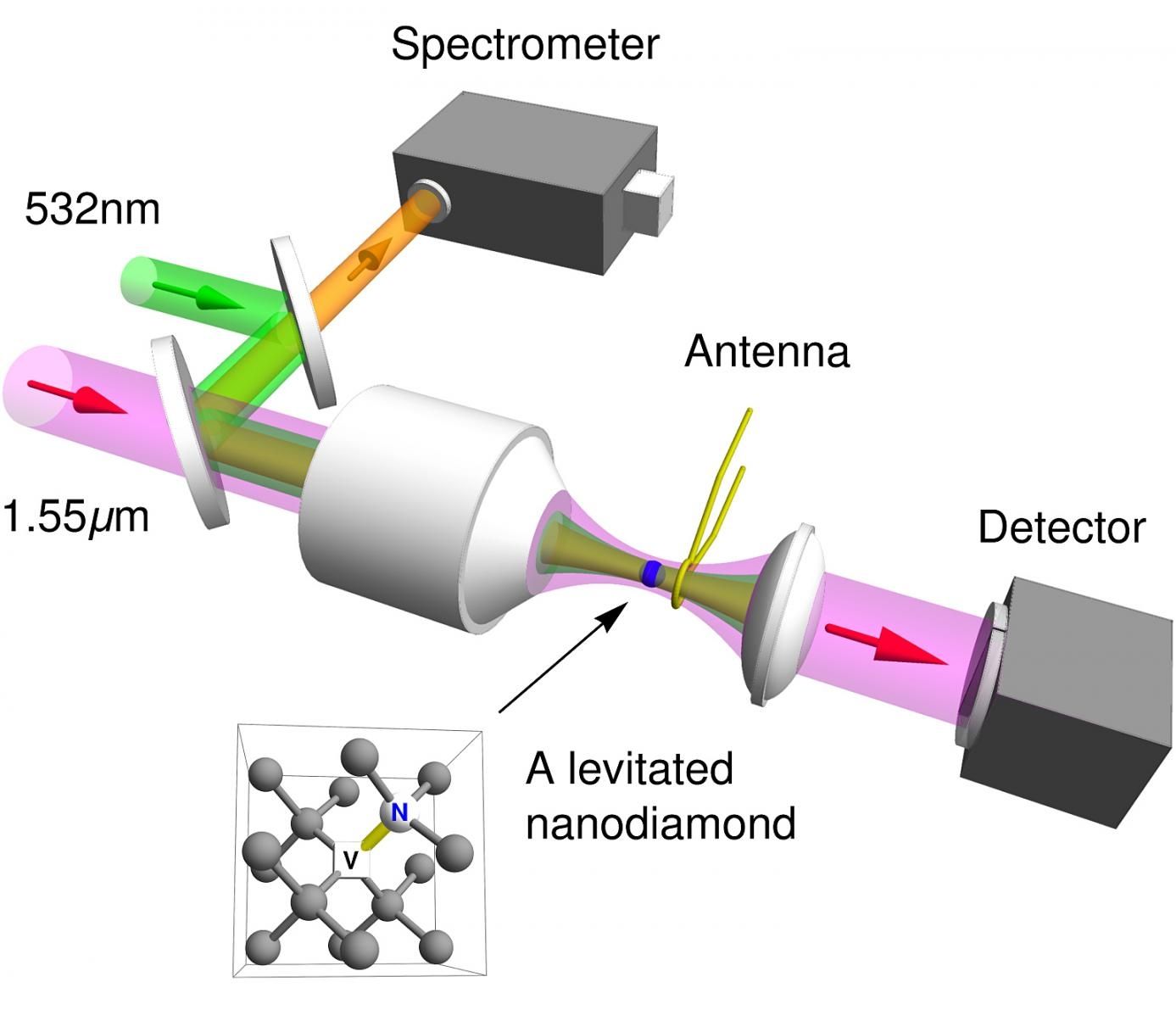![]()
Like this feature on QC.
If you have trouble wrapping your mind around quantum physics, don’t worry — it’s even hard for supercomputers. The solution, according to researchers from Google, Harvard, Lawrence Berkeley National Laboratories and others? Why, use a quantum computer, of course. The team accurately predicted chemical reaction rates using a supercooled quantum circuit, a result that could lead to improved solar cells, batteries, flexible electronics and much more.
Chemical reactions are inherently quantum themselves — the team actually used a quote from Richard Feynman saying “nature isn’t classical, dammit.” The problem is that “molecular systems form highly entangled quantum superposition states, which require many classical computing resources in order to represent sufficiently high precision,” according to the Google Research blog. Computing the lowest energy state for propane, a relatively simple molecule, takes around ten days, for instance. That figure is required in order to get the reaction rate.
That’s where the “Xmon” supercooled qubit quantum computing circuit (shown above) comes in. The device, known as a “variational quantum eigensolver (VQE)” is the quantum equivalent of a classic neural network. The difference is that you train a classical neural circuit (like Google’s DeepMind AI) to model classical data, and train the VQE to model quantum data. “The quantum advantage of VQE is that quantum bits can efficiently represent the molecular wave function, whereas exponentially many classical bits would be required.”
Read more
